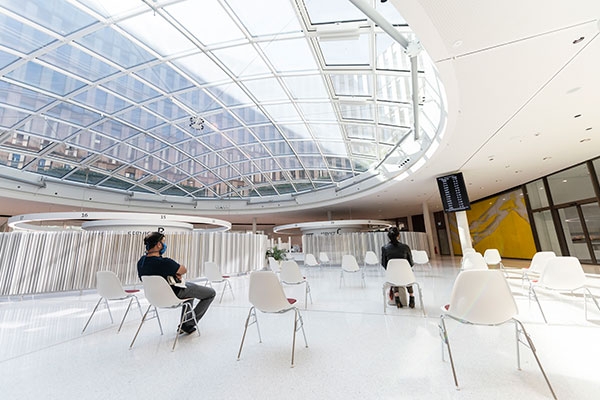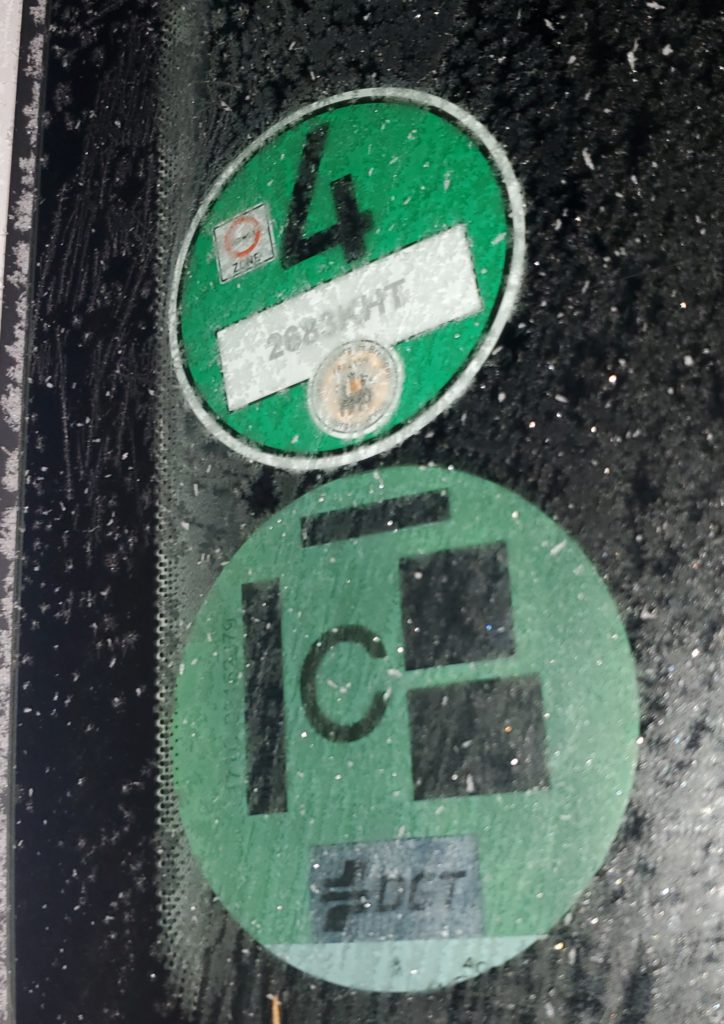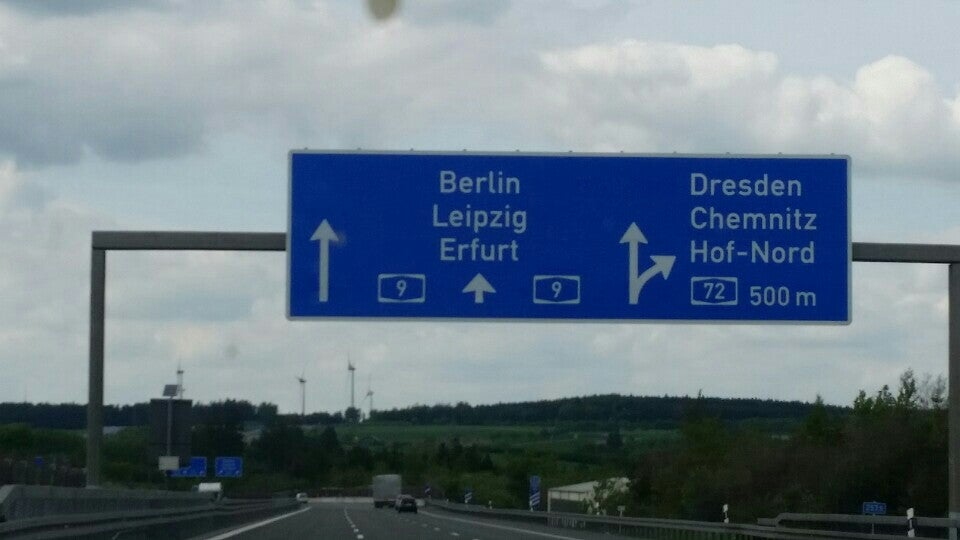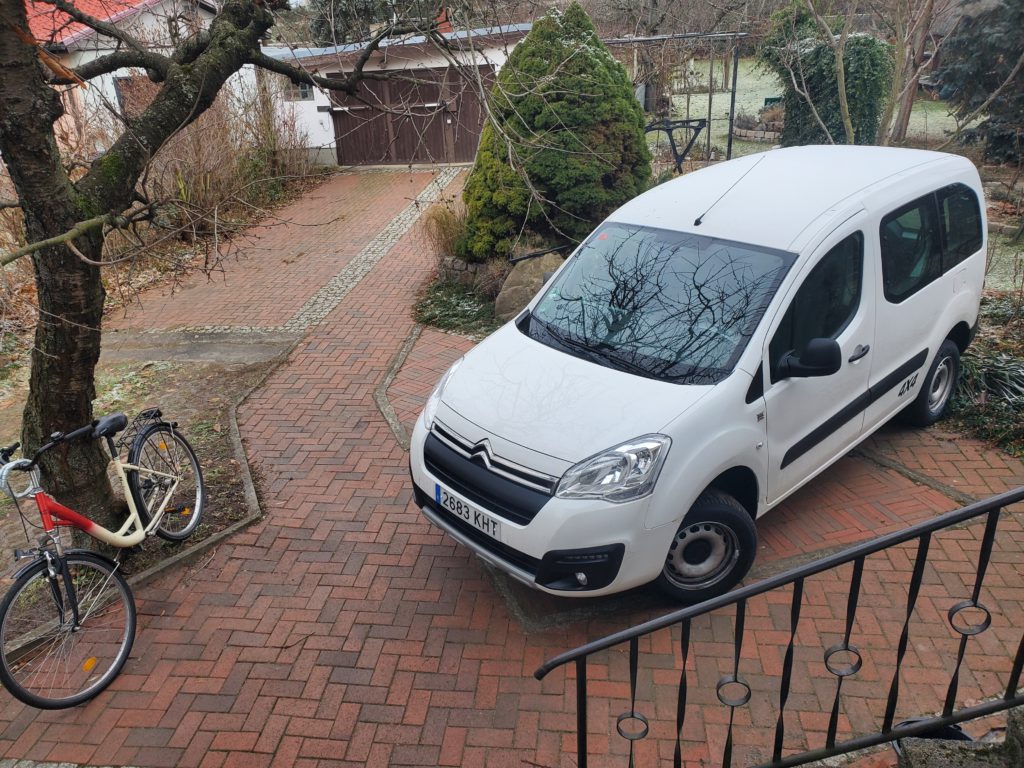Prior post: http://blog.bucksvsbytes.com/2022/12/18/road-trip-europe-22-12-06-08-my-new-french-friends/
[NOTE: Some displayed images are automatically cropped. Click or tap any photo (above the caption) to see it in full screen.
Friday morning and it’s time to push onward. Sophie has to go to work so we say our fond goodbyes. The only bad thing about getting to know people through hospex is that some of the contacts are ephemeral. Over the decades, I’ve built up an enormous collection of hosts and travelers and, although most of the initial visits are truly heartwarming, I lose touch with many afterwards. Whether it’s my failings as a correspondent or just the sheer numbers, I stay in communication with some and barely write to many others (and vice versa) — until and unless the opportunity comes much later for a return visit. We’ve had people we visited come see us in New York years down the line. Likewise, we’ve had belated visits at people’s homes 8, 10, and in one case 35 years after our first encounter
I’m pleased to say that, without exception, these renewed friendships and acquaintances pick up right where they left off after years of neglect. Actually, I have the same experience with long time friends from childhood, college, and Alaska — reunions after 10-40 years are joyful and apparently mutually appreciated. Only one old, close Alaska friend has consistently dodged me and he was always pretty self contained. Of course, the fact that I got rather intensely involved, over 40 years ago, with his ex-wife (you should know she and I had been friends for almost 5 years) while he was my Alaska housemate may have remained a factor… Nah, probably not.
During my cross country road trip during the Covid summer of 2020 — pre-vaccine — I visited about 16 households of long lost friends. Taking proper precautions, I stayed over in most their homes — no one got sick and we had great times reminiscing, hiking, boating, cooking, etc. It was one of my greatest trips ever, even when a massive Oregon forest fire was just 24 hours behind me as I drove west.
But, back to the present. I throw my stuff in the car and head for my day’s destination: Berlin, Germany. Today my Berlingo’s name takes on added significance, “Berlin — GO!”
I fuel up in adjacent Mulhouse and it’s only a short hop up the expressway to the Rhine River bridge and the German border. I spoke earlier about the expensive French tollways. Virtually every European country has a network of toll roads that are hard to avoid if you’re in a hurry — except Germany. According to the dearly held doctrine of “Freie Fahrt für freie Bürger” — culturally this translates as “Unrestricted driving for unrestricted citizens” — the German roads, including autobahns, are all toll free for vehicles under about 8 tons GVW and many inter-city stretches still have no speed limits — yes, NO speed limits.
I maintain high speed travel is much safer when drivers can concentrate completely on road and traffic conditions rather than spend valuable attention on arbitrary speed limits and traps. Yes, many sections of the autobahns are speed limited, some with variable speeds based on conditions, but in the rural areas there are long portions of just “drive safely”. There are few serious accidents in these sections (I’ve never personally witnessed a crash scene in, cumulatively, about a year’s worth of German driving) but when they do happen it’s a spectacular mess, typically with fatalities.
I’m not ready to sprout highway wings yet, though, because I have a civic obligation to resolve first. Many European urban areas have “green zones”, where only low pollution vehicles are allowed. The criteria for these get stricter over time but so far my 2018 diesel vehicle qualifies for entry. The rub is that each country has its own green zone permit. My Berlingo came with a Spanish C-class sticker but that means nothing in Germany. So I head for the first city hall on my route, in Freiburg im Breisgau to buy my German emissions sticker, the Feinstaubplakete.
Outside city hall, I need to pay the parking fee but, as I’ve seen elsewhere as well, the parking meter display is so worn that, without knowing how the system works, it’s impossible to follow the payment instructions. Not wanting to get an expensive violation, I reluctantly leave the lot and find the nearest street parking which turns out to be almost a mile away. Worse, Freiburg is itself a green zone, so while I’m at city hall there’s a significant chance my stickerless car will be emission ticketed. I hoof it as quickly as possible from car to city hall, where I find a typically German efficient and formal service system. Without an appointment, I tell a clerk what I want, she issues me a ticket (with an apparently random number so I can’t tell where I am in the queue), and told to sit in a waiting area and watch the monitor.

After 20 minutes my number comes up and I head for the designated window. To my surprise (I’m always surprised when any governmental or corporate interaction goes smoothly), the purchase process is simple. The clerk looks up my Spanish license plate number which tells him the car qualifies, and for about US$5 I get my permanent German sticker.
Rushing back to the car, I apply the sticker next to my Spanish one and by noon I’m legal in all the German green zones.

Now I can tackle the remaining 500 miles to my friends in Berlin, doing some low flying up the autobahn. Yes, much of the way I’m not subject to any statutory speed limit but I’ve long set my personal max to about 90 miles per hour (144 kph). Except for maybe short stretches downhill with a tailwind, that’s about as fast as I ever drive. Beyond that velocity, an old Alaska pilot joke invades my brain, “An aircraft is just a bunch of spare parts flying in close formation.” Above my limit, I can vividly imagine one or more of my wheels or ball joints saying, “The hell with taking orders. I’m going where I want to.” and abruptly separating from the car with disastrous result.
Even at 90 mph, I’m far from the fastest vehicle on the autobahn, with other cars – usually expensive, luxury brands – routinely passing me at 100, 125, even 150 mph. I learned decades ago that before pulling out into the passing lane to overtake someone I have to carefully check for fast traffic about a kilometer back because a high speed vehicle that’s barely visible could be right on my ass in seconds while I’m in the left lane. This is all part of autobahn driving and I love it. There is nowhere else in Europe with no speed limit. The maximum I’ve ever seen in other countries is an occasional 130 kph, almost invariably a privilege offered only on an expensive toll road.
I’m now traveling through Baden-Württemberg state, one of my favorite parts of Germany, not least because I have a number of friends living here. Unfortunately, as I’ll explain later, I have business in Berlin to take care of before Susan arrives on 27 December and I can’t tarry along the way. Reluctantly, I speed through towns where I can almost see my friends’ houses from the highway.
About 2 PM, I stop at a highway rest area for a quick lunch special, $9 for a hearty bowl of pea soup with carrots and frankfurter and a large coffee to get me the last 7 hours to Berlin. I can’t get there too late in the evening as my friends will already be asleep. I fuel up the car again in Würzburg and plow on to Berlin with only one more short stop for pastry, coffee, and a few minutes phone charge.
I’ve forgotten one thing about German rest areas — you have to pay over a dollar even to pee. Seeing the bathroom turnstile, I turn around and walk out to a dark portion of the rest area and relieve myself outdoors, in the company of truck and car drivers who, like me, refuse to pay.

I roll into Berlin-Biesdorf shortly after 9 PM, the long day’s journey over. My old friends welcome me as they always do and within minutes I’m downstairs in the vacation apartment they’ve offered me. It doesn’t take long to sack out.

Next post: https://blog.bucksvsbytes.com/2022/12/21/road-trip-europe-22-12-10-11-settling-in-in-berlin/







